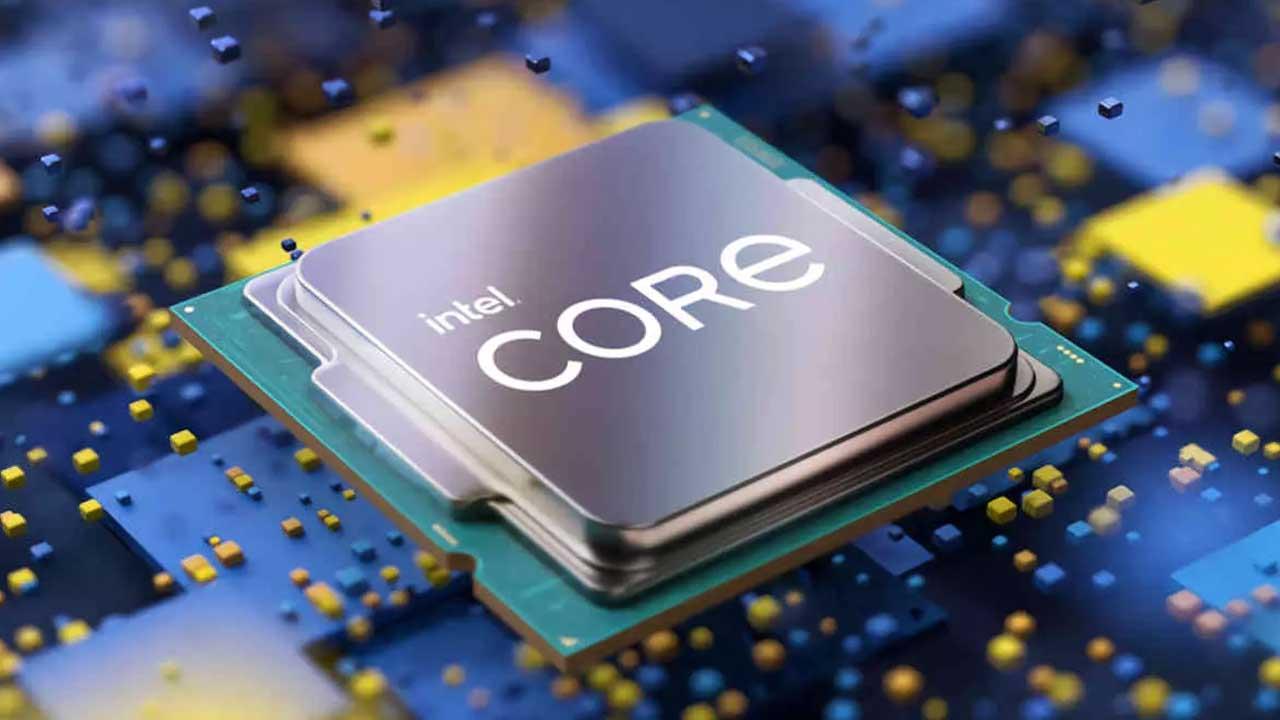As you probably already know, modern processors contain what we call cores or cores, which we could say are small processors capable of performing tasks independently. With the introduction of Intel’s hybrid architecture, not all cores are the same or behave the same anymore, so it’s important to understand how they work and, more importantly, how they will affect the overall performance of the processor.
What are the P and E cores of Intel processors?
When you look at the technical specifications of modern Intel processors, you find yourself in the position where there are now different values, numbers and speeds for the internal cores of the processor. This is because they now have a hybrid architecture consisting of two types of cores, which we will explain briefly below so that you know what the difference is.
On the one hand we have P-Cores or P-Cores, which are bigger in size but also in power. The P is for Performance or performance, so as you might have already guessed, these are the cores designed to deliver the maximum possible performance in exchange for higher power consumption. In addition, these P-Cores are the only ones to have Hyperthreading technology, that is to say they are able to execute 2 tasks per parallel core.
On the other hand, we will find E-Cores or E-Cores, with smaller size and power. The E stands for Efficiency, and indeed these are cores designed to offer lower performance but with much more moderate consumption. Be careful, because these cores do not have Hyperthreading, i.e. they are only able to execute one task per core simultaneously.
So you can find, for example, that a CPU has 16 cores expressed as 8P+8E, which means that 8 of those cores are P-Cores and another 8 are E-Cores, 8 for performance and 8 for efficiency. This processor, look at the data, would not have 32 processing threads as usual, but only 24, because as we explained before, only P-Cores have Hyperthreading. Also, each core type can run at a different peak speed, so you’ll also see that, sticking with the example (it’s a 12900K), the P cores run up to 5.1GHz while the E cores only go up to 5.1 GHz. 3.9GHz.
Which core type is best for each case?
Currently and depending on the range, Intel offers its processors with a large number of combinations of these hybrid architecture cores. For example, the Core i9-13900KS has 8 P cores and 16 E cores, so it will be a processor that offers 16 cores and 16 processing threads for general tasks, but when more power is required, P cores will come into use. . , adding 8 cores and 16 process threads which also run at a higher speed.
For its part, we have processors like the Core i5-13400T, which offers 6 P cores and only 4 E cores. In this case, the processor will have only 4 cores and 4 processing threads for general tasks, offering much lower performance. than the example above, but if needed, it will activate 6 cores and 12 processing threads from its P cores, delivering up to 16 parallel tasks in total.
What’s better? Well, as always, it depends. Having a large number of E-Cores guarantees good performance in classic tasks and with very low consumption, but having many P-Cores helps that when we “give the shit” to the processor, it responds with performance exceptional. Remember: E is efficiency and P is performance.
In fact, in a classic computer or even for a gaming PC, the ideal is to look for a logical combination of P and E cores, so that the computer has a moderate consumption when we are not trying but responds with good performance when we do. . However, for computers that require higher processor performance, the ideal would be to look for processors with many P cores, which are the ones that will give us higher performance at the expense of generating greater consumption.










